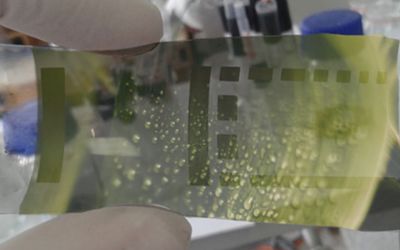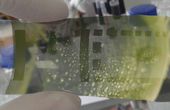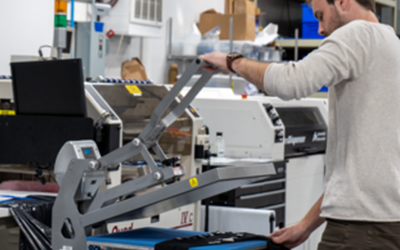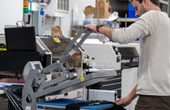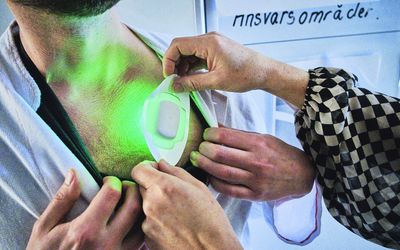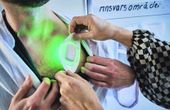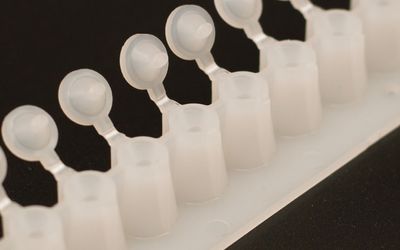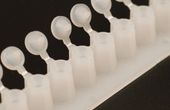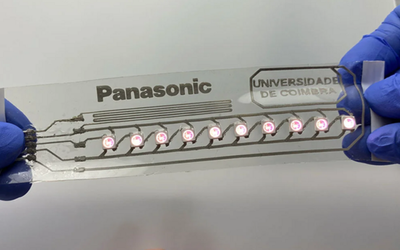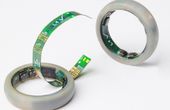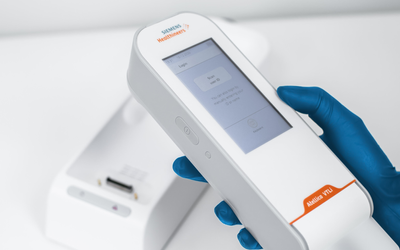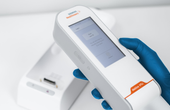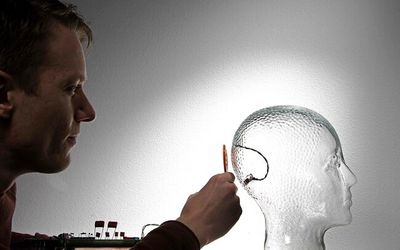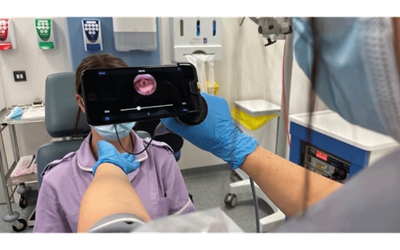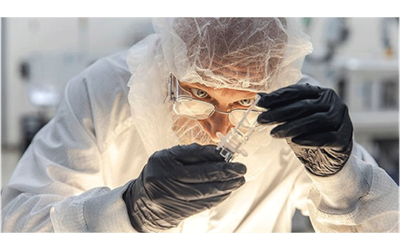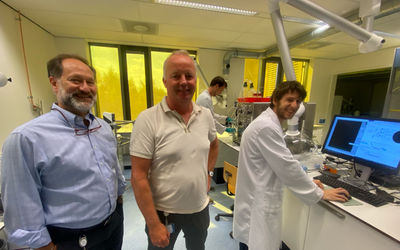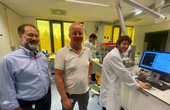Tagged with
Biomedical Devices
Latest Posts
Diagonal Bio innovates towards quick and accurate identification of genetic markers with the help of Protolabs
Protolabs’ expertise supported the fine tuning and optimisation of the design, to align with the projects speed and cost-effective requirements.
Review of industrial applications of printed electronics - what are current successful applications?
TechBlick's presentation reviews printed electronics' industrial applications, dispelling the notion that it's solely a technology of the future. The talk showcases various commercial success stories incl. photovoltaics, displays, sensors, HMIs, 3D electronics, MLCCs, PCBs, semicon packaging, etc
Senbiosys, an EPFL spin-off, has unveiled a jewelry-like smart ring that incorporates all the health-monitoring features currently available in smart watches. The company’s notable achievement in miniaturization – made possible thanks to the world’s smallest sensor, developed at EPFL – appears to have major market potential, as its recent crowdfunding campaign raised five times more capital than expected.
Imagine going to the hospital with symptoms of a heart attack, only to wait an hour for the test results and treatment. With each minute ticking by, your health is in jeopardy. Siemens Healthineers is now rewriting what is possible and has set out to change this scenario in emergency departments across the world.
Choosing a material for new Medical Device Development can have a major influence throughout your medical device life cycle, from design, prototyping, testing, regulatory approvals, and mass production to commercialization and even disposal. Every material has certain characteristics, which should be in consistent with the properties of the medical device as well as final applications.
Success lies in open innovation and forging partnerships to further develop deep-tech, medical applications for its technology. So, at first glance, Eindhoven and its semiconductor and deep-tech focus isn’t the obvious place for a pharma company. Yet the founders of Emultech knew they needed to be here, and time has proved them right.



